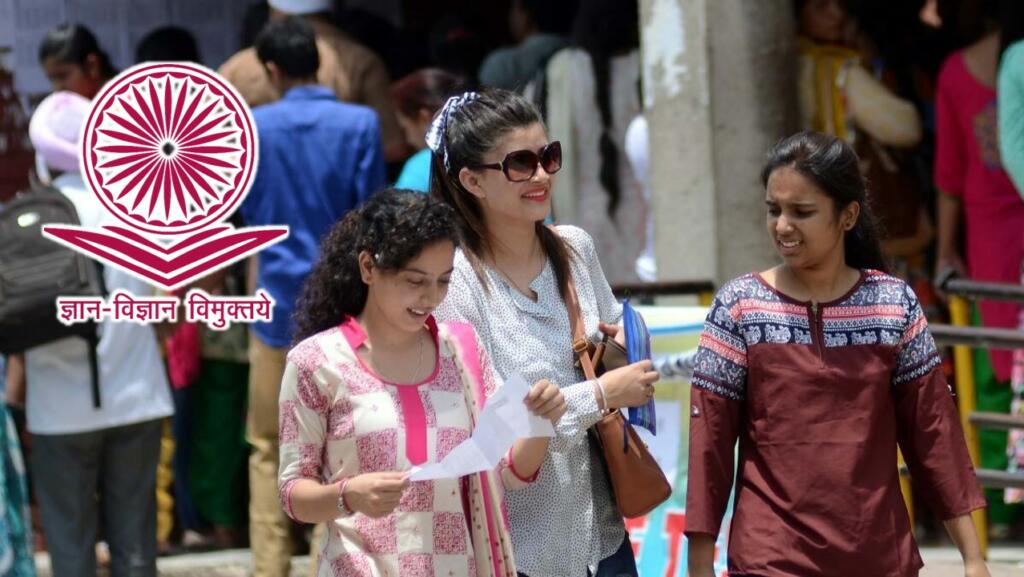Be it the budget 2022 or the reformed National education policy, the Modi Government has left no stone unturned to rejuvenate the Indian education system. In a bid to improve the education policy, the government has stepped in with yet another exemplary decision. The University Grants Commission has asked central universities to use Common University Entrance Test (CUET) scores for admissions for the academic session 2022-2023.
UGC’s attempt to centralise the education system
The UGC has ordered public universities under state governments, colleges and private universities to adopt the newly introduced CUET for admitting students in undergraduate programmes. UGC secretary Rajnish Jain wrote to the vice-chancellors, directors and principals of all universities and colleges for the same. Notably, the application window will be open between April 2 to April 30.
CUET has been introduced to provide a single-window opportunity to students who are seeking to get admitted to any of the Central Universities across the country. Notably, as of now, it is compulsory for the 45 central universities from the next academic year.
Jain, while appealing to adopt the CUET, wrote that “If all Higher Education Institutions (HEIs), irrespective of affiliation, adopt the CUET, students will not have to take multiple entrance exams. It will also provide equal opportunity to students from different boards.”
UGC secretary Rajnish Jain wrote to the vice-chancellors, directors and principals of all universities and colleges to adopt CUET, for which the application window will be open between April 2 to April 30.
The UGC letter written by Jain can be read as “Many state universities, deemed to be universities, private universities, and other Higher Education Institutions in the country also use either marks of 12th board or conduct entrance test for admission in UG programmes. To save students from appearing in multiple entrance examinations, conducted on different dates, sometimes coinciding with each other, and to also provide equal opportunity to all students from different boards, UGC invites and encourages all state universities, deemed to be universities, private universities and other HEIs to adopt and use CUET score from 2022-23 onwards for admissions of students in their UG programs.”
CUET will be conducted by the National Testing Agency (NTA). The agency shared the guidelines on its website nta.ac. informing that the test is likely to be conducted in the first week of July. The test reportedly will be based on NCERT Class 12 syllabus and will be divided into four sections. Each of the sections will contain 50 questions each of which an applicant will have to attempt 40.
Perks of CUET
- You see, the students who had to struggle for admissions in universities because of the high cut-offs will now have the opportunity to get admitted. The hassle of cut off will not exist. The student can prove his/her eligibility and get admission to the Central Universities.
- Moreover, the newly introduced reform will centralise education as the universities across the nation will now have to adopt a single criterion for admissions.
- The students will not have to give multiple admission tests. All that is required to take admission in any of the 45 universities is just one exam.
- Also, seats in the university will no longer remain vacant. The students used to appear for multiple exams and when he/she cleared the exams, used to get admission in one. Thus, the seats in other universities used to remain vacant.
- Apart from the above benefits, parents will now not have to spend a lot on examination fees as there is only a single exam for admission to any university.
So, these are the perks of new educational reform. It seems that the education system in India will soon become an example for other countries and the students will be able to focus on their studies rather than the stress of admissions.
